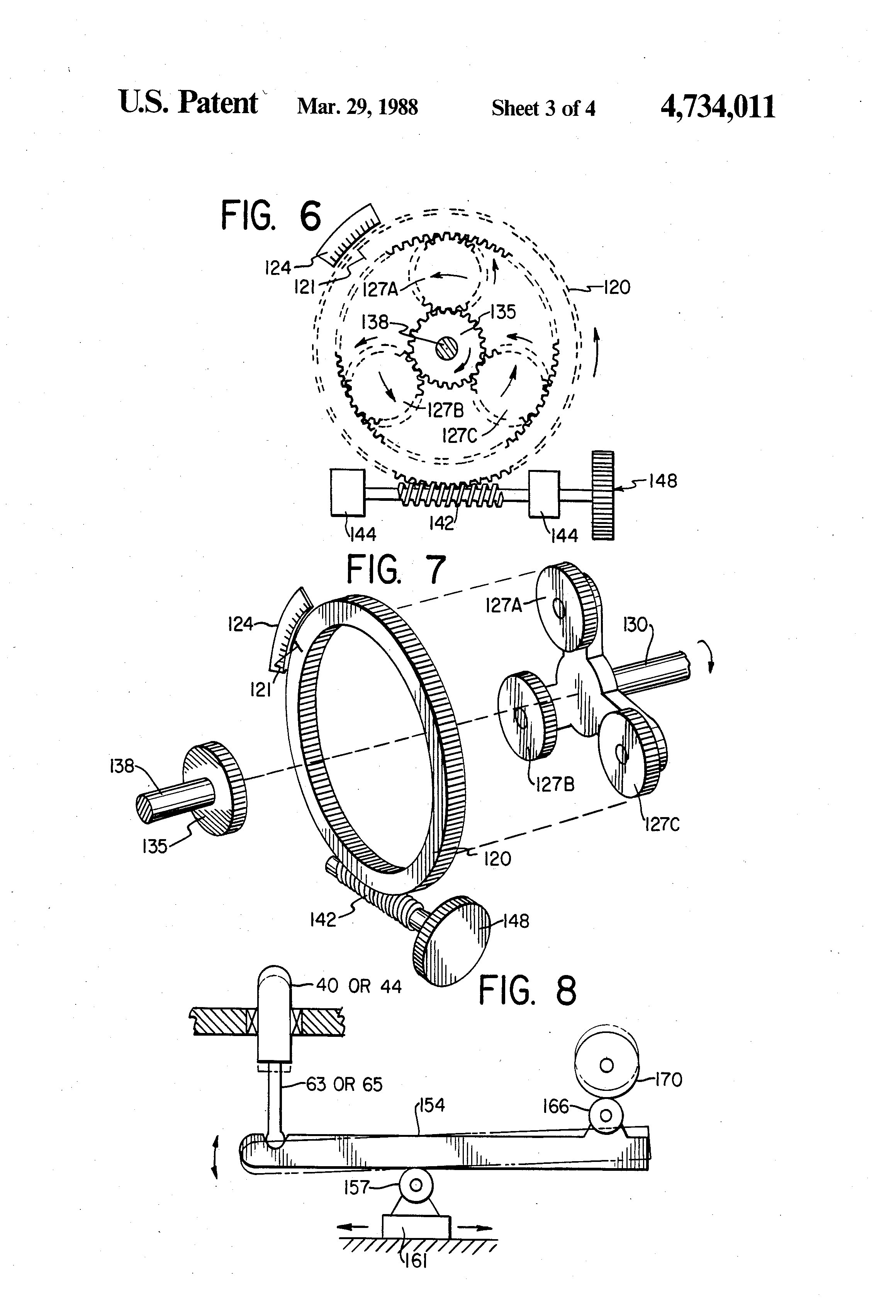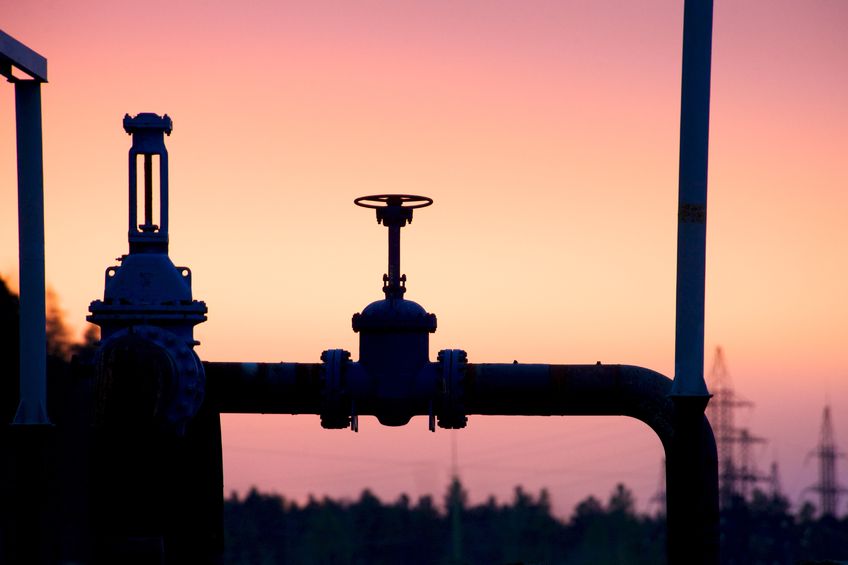High-pressure pumps in Horizontal Directional Drilling for the Onshore Oilfield Industry
Horizontal Directional Drilling (HDD) has revolutionized the onshore oilfield industry by enabling more efficient and environmentally friendly oil and gas extraction. High-pressure pumps in horizontal directional drilling are central to the success of HDD operations. Playing a crucial role in the drilling process. This article explores the significance, types, and operational aspects of high-pressure pumps used in HDD within the onshore oilfield industry.
The Role of High-Pressure Pumps in HDD
- High-pressure pumps are vital in HDD as they provide the force to drive drilling fluids into the borehole. These fluids, typically a mixture of water, clay, and chemical additives, serve multiple purposes:
-
- Cooling and Lubrication: They cool and lubricate the drill bit, reducing wear and tear.
- Cuttings Removal: They transport cuttings from the borehole to the surface.
- Borehole Stabilization: They stabilize the borehole walls to prevent collapses.
Types of High-Pressure Pumps
Several types of high-pressure pumps are used in HDD, each with specific features and benefits:
Positive Displacement Pumps
Positive displacement pumps, such as piston and plunger pumps, are commonly used in HDD due to their ability to handle high-pressure applications. These pumps work by trapping a fixed amount of fluid and then displacing it through the pump outlet.
Piston Pumps
Piston pumps use a piston mechanism to move fluids. They are known for their durability and ability to handle various pressures and flow rates. These pumps suit various drilling conditions, including those with high solids content in the drilling fluid.
Plunger Pumps
Plunger pumps operate similarly to piston pumps but use a plunger to displace the fluid. They can achieve higher pressures than piston pumps, making them ideal for demanding HDD operations.
Operational Considerations in High-pressure Pumps for Horizontal Drilling
Selecting the right high-pressure pump for HDD involves several considerations to ensure optimal performance and efficiency:
Pressure and Flow Requirements
The pressure and flow rate required for a particular HDD operation depends on factors such as the borehole depth, diameter, and geological conditions. It is crucial to choose a pump that can meet these demands without overloading.
Fluid Compatibility
Drilling fluids vary in composition, and the chosen pump must be compatible with the specific fluid being used. Factors such as fluid viscosity, corrosiveness, and the presence of solids must be considered.
Maintenance and Reliability
High-pressure pumps in HDD operations are subject to harsh conditions and continuous use. Therefore, reliability and ease of maintenance are critical. Pumps with robust construction and readily available spare parts can minimize downtime and maintenance costs.
Energy Efficiency
Energy consumption is a significant operational cost in HDD. Pumps with higher energy efficiency can reduce overall operational expenses. Advances in pump technology have led to the development of more energy-efficient models.
Conclusion
Power Flow International Sales, Inc. designs and delivers custom high-pressure pumps worldwide, indispensable in horizontal directional drilling for the onshore oilfield industry.
These HDD applications depend on pumps to deliver drilling fluids efficiently and effectively, ensuring the success of HDD operations. By understanding the types of pumps available and the operational considerations involved, operators can make informed decisions to enhance drilling performance and reduce costs. The continuous advancements in pump technology promise even greater efficiency and reliability in the future, further propelling the growth and success of HDD in the oilfield industry.



